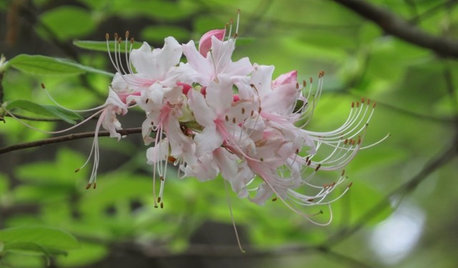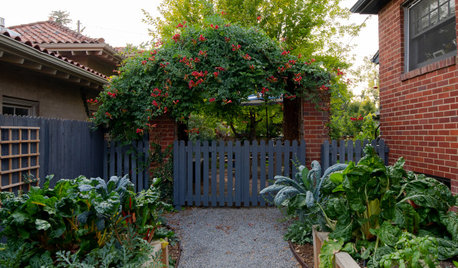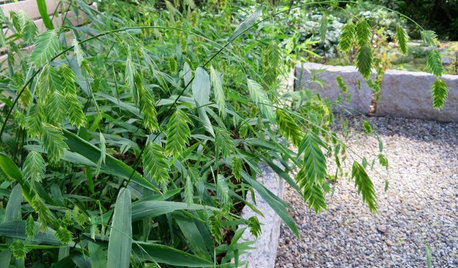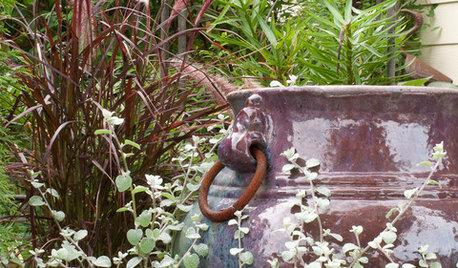Transplanting Mature Azaleas
mdwagner
13 years ago
Related Stories

PLANTING IDEASStretch the Budget, Seasons and Style: Add Conifers to Your Containers
Small, low-maintenance conifers are a boon for mixed containers — and you can transplant them to your garden when they’ve outgrown the pot
Full Story
WINTER GARDENINGExtend Your Growing Season With a Cold Frame in the Garden
If the sun's shining, it might be time to sow seeds under glass to transplant or harvest
Full Story
GARDENING GUIDESGreat Design Plant: Rhododendron Canescens
Have a damp, shady spot in your garden that needs a lift? This Southern U.S. native may be the solution
Full Story
LANDSCAPE DESIGNThe Unparalleled Power of Trees
Discover the beauty and magic of trees, and why a landscape without them just isn't the same
Full Story
GARDENING GUIDES12 Edibles Perfect to Plant in Late Summer
Keep those homegrown vegetables and greens coming well into fall
Full Story
GARDENING GUIDESGreat Design Plant: Chasmanthium Latifolium
Inland sea oats is an easy native grass for a moist, shady garden spot
Full Story
GARDENING GUIDES10 Top Native Plants for the U.S. Southeast
For a low-maintenance and wildlife-friendly landscape, use Southern natives that withstand heat and humidity
Full Story
FARM YOUR YARDCool-Season Vegetables: How to Grow Lettuce
Leaf, butterhead, crisphead or romaine — lettuce is best harvested in the cool weather of spring and fall
Full Story
GARDENING GUIDES6 Steps to Get a Garden Off to a Glowing Start
Grow a lush, balanced garden from an empty patch of yard or neglected landscape spot with these easy-to-follow guidelines
Full Story
PLANTING IDEASGreat Garden Combo: Silver Sparkles Amid Purple and Blue Foliage
Get the look of this modern foundation planting by focusing on a restrained color palette with tasteful accents
Full Story





rhodyman
morz8 - Washington Coast
Related Professionals
Ashland Landscape Architects & Landscape Designers · Citrus Heights Landscape Architects & Landscape Designers · Folsom Landscape Architects & Landscape Designers · Lakeland Landscape Contractors · Avocado Heights Landscape Contractors · Davidson Landscape Contractors · Federal Way Landscape Contractors · Galt Landscape Contractors · Hilo Landscape Contractors · Indio Landscape Contractors · Kettering Landscape Contractors · North Ridgeville Landscape Contractors · Shaker Heights Landscape Contractors · Welby Landscape Contractors · Vadnais Heights Landscape Contractorsgamekeeper
fireweed_1947